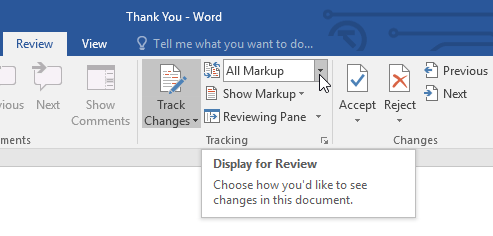

Sign up to our free trial to find out more. If you would like a chance to work with Proofed, sign up to our Becoming A Proofreader course! This contains more information about using Track Changes, Compare, and many other tools in Microsoft Word. Proofed, for example, uses the Compare tool as standard. And if you work for an agency, they may have a favored method. Most proofreaders prefer Track Changes, only using the Compare tool as a backup. Ultimately, which method you use is a matter of what works best for you. But some people prefer to work on a document without tracking changes (e.g., if they find the markup distracting while they work), then use Compare when they’re done. Most proofreaders use this as a fallback (e.g., if they forget to turn Track Changes on). You can therefore use it to highlight the edits made to a document after proofreading has finished. The Compare tool in Microsoft Word lets you compare two versions of a document, with differences shown as tracked edits like those produced by Track Changes. In cases like these, some proofreaders prefer to use the Compare tool instead. In a document with a lot of edits, however, the quantity of markup can become confusing. And if you’re using Track Changes, it should be easy to find the highlighted edit earlier in the document. Or you might need to check a previous edit for consistency. Tracked changes in Microsoft Word.įor instance, you might realize a non-standard spelling you had previously corrected was deliberate. And this makes it easier to review changes while you work. In the Track Changes drop-down list, do one of the following: To track only the changes you make to the document, select Just Mine. If required, you can also save another version with the changes accepted so it is ready for the client to use.Īs well as being simple to use, Track Changes lets you see the corrections you make as soon as you make them. You can set Word for the Web to track changes for all users who are collaborating on the document or to track just your changes. Saving the tracked edits for the client to review.Proofreading the document and tracking changes as you go.This will be the copy you return to your client with edits tracked. Opening the client’s document, turning on Track Changes, and saving a new copy.Typically, proofreading a document using Track Changes involves: When you are done, be sure to change your user name back to the original value so that other documents will be labeled with that name instead of a convoluted name for editing purposes.The Track Changes tool in Microsoft Word. If you change the user name back to the original value, future edits will revert to color that was first assigned to that name. When the mouse hovers over a change, the new user name will be displayed. The General options of the Word Options dialog box.Įdits with Track Changes will now be in a new color. (This step is very important.) (See Figure 3.)įigure 3. Make sure the Always Use These Values Regardless of Sign in to Office checkbox is selected.Word displays the General options of the Word Options dialog box. Word displays the Track Changes Options dialog box. Click the small arrow at the bottom-right of the Tracking group.If you are using Word 2013 or a later version, then the steps are a bit different: Change the Initials field to correspond more closely to the change you made in the User Name field.Change the User Name field value by adding or deleting a middle initial or name or by adding a number to the end of the name.The General options of the Word Options dialog box. If you are using Word 2010 then it displays the General options of the Word Options dialog box. Word displays the Popular options of the Word Options dialog box if you are using Word 2007. Click the down-arrow under the Track Changes option in the Tracking group.Here are the steps if you are using Word 2007 or Word 2010:

To make future changes you need to alter the user name slightly. Word's Track Changes feature chooses markup colors based on the user name. Deborah wonders if there is a way to specify that her next set of changes be in a different color. Her boss reviewed the document and gave it back to her, asking that the next round of changes be in a different color than the first round was. She made corrections in a document with Track Changes turned on, so her changes were in one color. Deborah uses Track Changes to note edits made in a document.


 0 kommentar(er)
0 kommentar(er)
